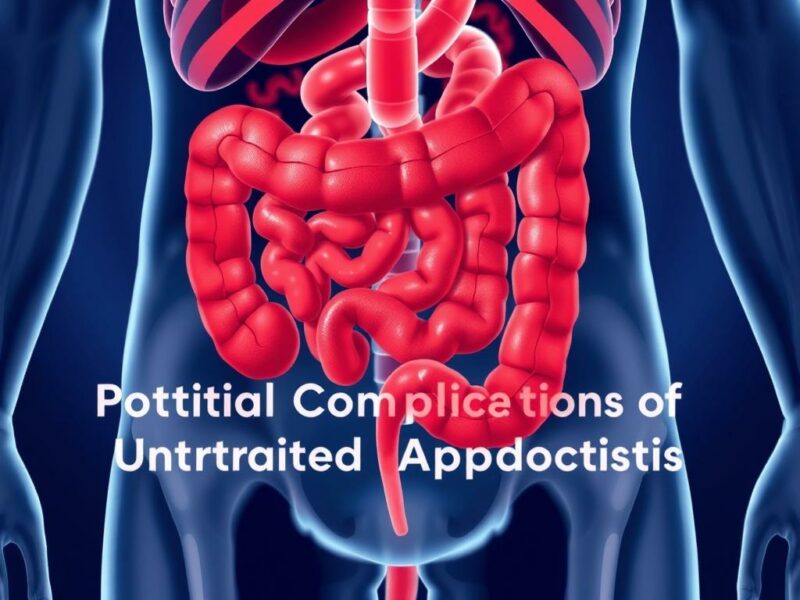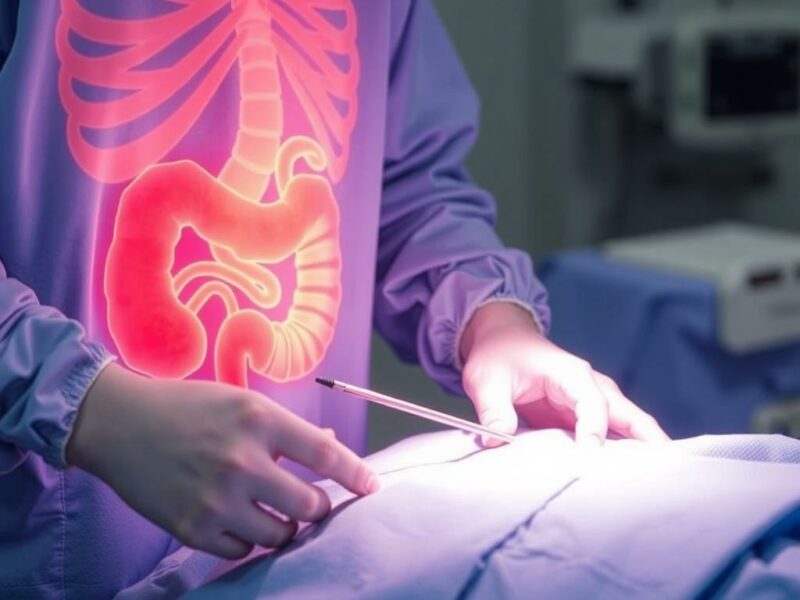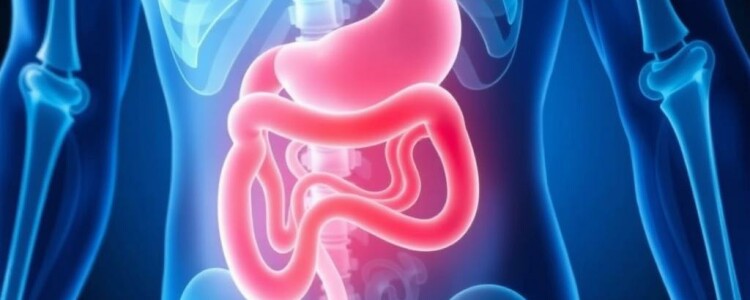Introduction to Appendicitis
Appendicitis is a medical condition that affects thousands of people every year. Despite being common, many patients and their families find it confusing and concerning because of its sudden onset and potential severity. So, what is appendicitis exactly? At its core, appendicitis is the inflammation of the appendix, a small, finger-like pouch attached to the large intestine. While the appendix itself doesn’t have a critical known function in the human body, when it becomes inflamed, it can cause intense pain and serious health problems if not treated promptly.
In this article, we’ll explore everything you need to know about appendicitis—from understanding what it is, to recognizing the symptoms, causes, diagnosis methods, treatments, and when to seek emergency care. Whether you’re here out of curiosity or because someone you know might be experiencing symptoms, this guide will provide clear, easy-to-understand information in a conversational style.
What Is the Appendix, and Why Does It Matter?
Before diving deep into the condition itself, it helps to understand what the appendix is. The appendix is a small, tube-shaped organ that hangs off the cecum, which is the beginning of the large intestine. Though for a long time the appendix was thought to be a vestigial organ without function, recent studies suggest it may play a role in gut immunity and maintaining healthy bacteria in the intestines.
However, despite any functions it might have, the appendix is well-known for one major issue: it can become inflamed—a condition called appendicitis. When this happens, the appendix swells and fills with pus, a thick fluid made up of white blood cells, bacteria, and dead tissue. If left untreated, an inflamed appendix can burst, potentially leading to dangerous infections like peritonitis.
Common Causes of Appendicitis
Appendicitis typically results from a blockage inside the appendix. This blockage can occur for several reasons:
- Fecaliths: Hardened stool or small pieces of feces can obstruct the appendix.
- Enlarged Lymphoid Tissue: Swelling of lymph tissue due to infection can block the appendix opening.
- Infection: A stomach virus or other infections can lead to inflammation and swelling.
- Trauma: Rarely, injury to the abdomen can trigger appendicitis.
To better understand, here’s a quick table summarizing the common causes:
| Cause | Description | Frequency |
|---|---|---|
| Fecalith | Hardened stool blocking the appendix | Most common |
| Enlarged lymphoid tissue | Swelling caused by infection | Common in children |
| Infections | Viral or bacterial infection that causes swelling | Moderate |
| Trauma | Physical injury to the abdomen | Rare |
Appendicitis can develop swiftly or more gradually, but in most cases, it progresses rapidly, which is why understanding the symptoms is crucial for timely treatment.
Recognizing the Symptoms of Appendicitis
Knowing the symptoms of appendicitis could save your life or someone you care about. Early symptoms often mimic other digestive issues, so it’s important to be aware of the typical signs.
The hallmark symptom is pain starting near the belly button, which gradually moves down to the lower right side of the abdomen. This shift in pain location often signals that the inflammation is worsening. The pain tends to be sharp, constant, and intensifies with movement, coughing, or sneezing.
Other common symptoms include:
- Nausea and vomiting
- Loss of appetite
- Fever, usually low-grade but can increase
- Abdominal swelling or bloating
- Constipation or diarrhea
- Inability to pass gas
These symptoms can vary depending on age and individual differences. For example, children and elderly patients may exhibit less typical symptoms, making diagnosis more complicated.
Symptom Timeline and Progression
Appendicitis pain often follows this pattern:
- General discomfort or cramping near the navel
- Shifting pain toward the lower right abdomen within 12 to 24 hours
- Worsening pain with movement, coughing, or deep breaths
- Additional symptoms like fever and nausea
- If untreated, possible rupture of the appendix causing severe pain
If you or someone else has abdominal pain that follows this pattern, it’s crucial to seek medical attention immediately.
How Is Appendicitis Diagnosed?
Diagnosing appendicitis can sometimes be tricky because symptoms overlap with other conditions like urinary tract infections, ovarian cysts, or gastroenteritis. Doctors rely on a combination of medical history, physical exams, and diagnostic tests.
Physical Examination
During the exam, the doctor will check for:
- Tenderness in the right lower quadrant of the abdomen
- Rebound tenderness – pain that worsens when pressure is released
- Involuntary guarding – tightening of abdominal muscles to protect inflamed appendix
- Other signs such as tenderness on coughing or internal pelvic exams (in women)
Imaging Tests
To confirm the diagnosis, imaging tests are commonly ordered:
| Test | Details | Pros | Cons |
|---|---|---|---|
| Ultrasound | Uses sound waves to detect inflamed appendix | No radiation, good for children and pregnant women | May not see appendix clearly in obese patients |
| CT Scan | Detailed cross-sectional images of abdomen | Highly accurate, fast results | Exposure to radiation |
| MRI | Magnetic imaging without radiation | Safe for pregnancy and children | More expensive and less available |
Blood and Urine Tests
In addition to imaging, blood tests may show elevated white blood cells, indicating infection or inflammation. Urine tests help rule out urinary tract infections or kidney stones, which can mimic symptoms of appendicitis.
Treatment Options for Appendicitis
Once appendicitis is diagnosed, prompt treatment is necessary to prevent complications like rupture. The standard treatment is surgery to remove the appendix—an operation called an appendectomy. However, in some cases, antibiotics alone may be used initially.
Surgical Treatment: Appendectomy
There are two main types of appendectomy procedures:
- Laparoscopic Appendectomy: This minimally invasive surgery involves small incisions and the use of a camera, leading to a faster recovery and less scarring.
- Open Appendectomy: A traditional surgical approach with a larger incision, used when the appendix has ruptured or when laparoscopic surgery isn’t an option.
Most patients recover quickly after an appendectomy, usually within a few weeks. The risks include infection or complications related to anesthesia, but overall, the procedure is safe and highly effective.
Non-Surgical Treatment with Antibiotics
Recent studies suggest that in uncomplicated appendicitis cases, treating with antibiotics alone may be an option. This method avoids surgery but carries a risk of recurrence. However, if the appendix ruptures or symptoms worsen, surgery becomes necessary.
Potential Complications of Untreated Appendicitis

If appendicitis is left untreated, the inflamed appendix may burst (perforate), releasing infectious materials into the abdominal cavity. This situation can lead to peritonitis, a serious and sometimes life-threatening infection of the abdominal lining.
Other complications include:
- Abscess formation – a pocket of pus that may require drainage
- Sepsis – a widespread infection affecting the whole body
- Bowel obstruction from inflammation or scar tissue
Because of these risks, early detection and treatment are critical.
Who Is Most at Risk for Appendicitis?
Appendicitis can affect people of all ages but is most common between ages 10 and 30. It affects males slightly more than females. Factors that may increase the risk include:
- Family history of appendicitis
- Infections within the digestive tract
- Diets low in fiber
However, sometimes there is no clear cause, making awareness of symptoms vital for everyone.
Prevention and Lifestyle Considerations
There isn’t a guaranteed way to prevent appendicitis, but certain lifestyle habits might reduce the risk. High-fiber diets rich in fruits, vegetables, and whole grains promote healthy bowel movements and may help reduce blockages in the appendix. Staying hydrated and maintaining good digestive health are also beneficial.
Foods to Include
| Food | Health Benefit |
|---|---|
| Apples | Rich in fiber to aid digestion |
| Broccoli | High in antioxidants and fiber |
| Whole grain bread | Supports regular bowel movements |
| Beans and lentils | Great plant-based protein and fiber sources |
When to See a Doctor
If you or someone you care about experiences persistent abdominal pain—especially if it moves to the lower right side—along with nausea, vomiting, fever, or loss of appetite, don’t wait. Appendicitis can worsen quickly, and early medical evaluation ensures the best outcomes.
Appendicitis in Children and Older Adults

Symptoms in children can be harder to interpret because they may not accurately describe their pain. Parents should watch for:
- Crying or irritability
- Refusal to eat
- Swelling or tenderness in the abdomen
Older adults may have less obvious symptoms, sometimes presenting only mild discomfort or confusion. Because of this, doctors must be extra cautious during diagnosis in these age groups.
Recovering from Appendicitis
Recovery time depends on treatment type. For laparoscopic appendectomy, many people resume normal activities within 1-3 weeks, while open surgery may require 4-6 weeks. Following doctor’s instructions, keeping the surgical area clean, and avoiding heavy lifting or strenuous activity are important.
Signs that require immediate medical attention during recovery include:
- Fever above 101°F (38.3°C)
- Worsening abdominal pain
- Redness or drainage from the incision site
- Difficulty breathing or chest pain
Conclusion
In summary, appendicitis is a common yet potentially serious medical condition characterized by inflammation of the appendix. Understanding what appendicitis is, its causes, symptoms, and treatment options can empower you to act quickly if you or a loved one experiences this emergency. The key to avoiding serious complications like rupture lies in early detection and timely surgical intervention or antibiotic treatment in specific cases. While prevention isn’t guaranteed, maintaining a fiber-rich diet and paying attention to early warning signs can make a significant difference. Remember, abdominal pain should never be ignored, especially when accompanied by other symptoms like nausea or fever—prompt medical care is essential. Awareness, knowledge, and quick actions are your best allies when facing appendicitis.



